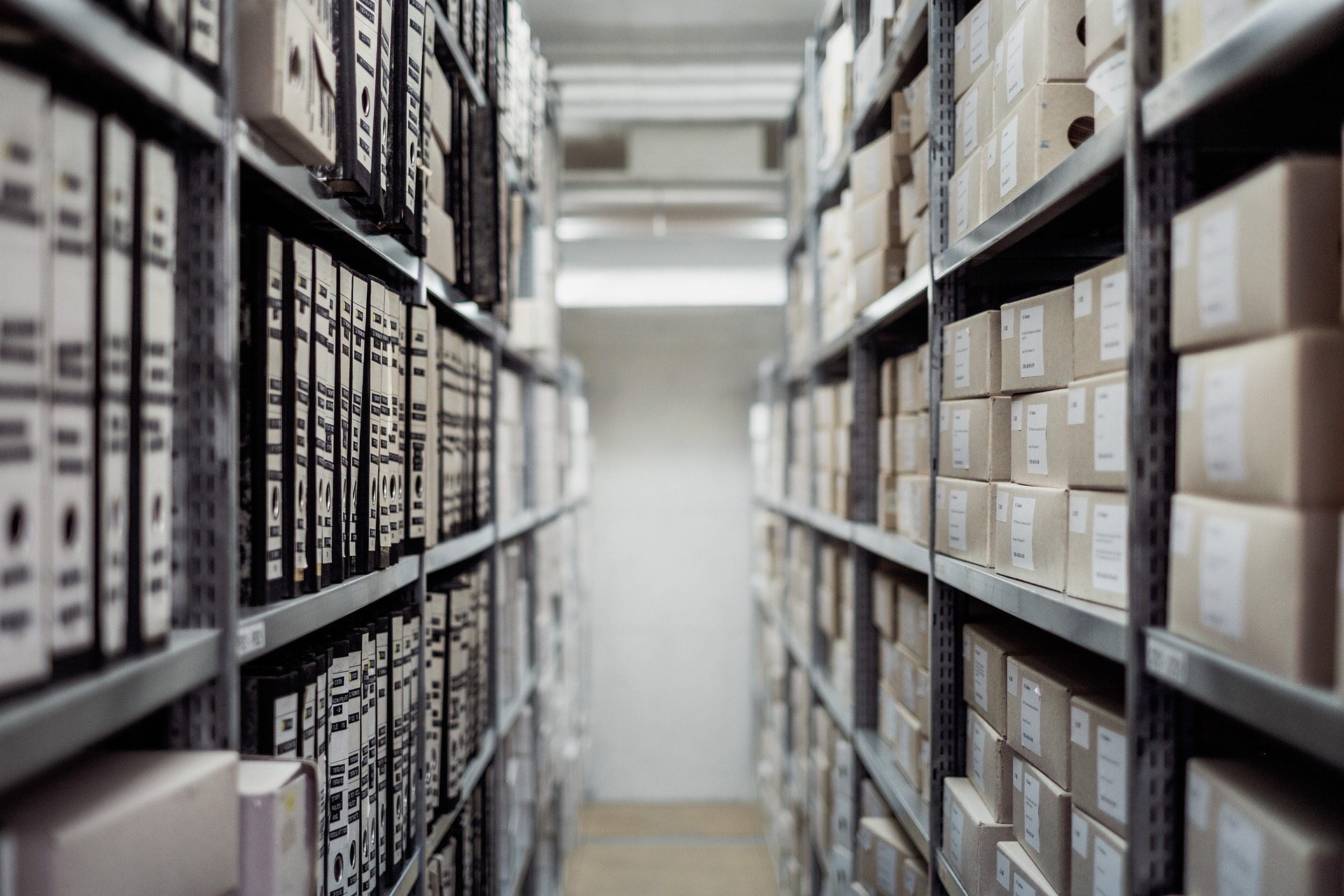
table of contents
Is export customs clearance difficult?
Today, with the advancement of globalization in the world, it has become commonplace for foreign-made products to be purchased in Japan, and for Japanese-made products to be used abroad. The number of Japanese companies thinking about exporting their own products overseas is increasing year by year. Are you already familiar with export vocabulary such as invoices and packing lists? In this article, we will introduce the basic knowledge you should know about export customs clearance when your company becomes an exporter.
Many people who wish to expand overseas may have the impression that it is complicated and difficult, since export clearance through customs is required in order to actually do so. When sending goods overseas or receiving goods from overseas, an export or import declaration must be made to customs and an export or import license must be obtained. Customs clearance procedures are defined as "a person who wishes to import or export goods receiving permission from the customs director after going through legal procedures, and the goods passing through customs. There are exceptions, but generally, receiving goods from overseas or sending goods overseas without going through customs is smuggling.
Overview of export customs procedures
To reiterate, the Tokyo Customs Office's "Overview of Export Customs Clearance Procedures" section states the following:
When exporting goods, an export declaration must be made to customs, and the goods must undergo the necessary inspections and approval must be obtained.
Export declarations can be made even before the goods to be exported are brought into a bonded area, but in principle export permission is given after the goods to be exported are brought into a bonded area.
A bonded area is a place designated by the Minister of Finance or approved by the Director-General of Customs as a place to store goods to be exported or goods arriving from abroad.
Export declarations are made by the exporter of goods to the customs office that has jurisdiction over the location of the bonded area where the goods in question are to be placed in order to obtain export permission, but customs brokers may also make declarations on behalf of the exporter of goods upon authorization from the exporter.
When exporting goods that are subject to export restrictions such as permits and approvals under laws other than the Customs Act, you must submit the relevant permits and approvals when declaring to customs.
Japan does not impose any taxes on goods to be exported. However, please inquire with your business partner (foreign importer) or the relevant embassy or consulate in Japan regarding the tax rates and regulations imposed in the importing country.
(Customs Act, Articles 67, 67-2, and 70)
This is an important inspection to ensure the safety of each country and to make sure that imported and exported goods do not contain any dangerous items.
Export documents required when requesting export customs clearance
The theme of this article is the basics of export customs clearance, but first we will talk about the documents required for customs clearance requests. There are two types of customs clearance: "in-house customs clearance" done by yourself and "customs clearance requested by a company," but it is common for most people to request customs clearance from a professional customs clearance company. So, what documents are required for export customs clearance? The main four are as follows.
① Invoice (purchase note)
An invoice is a bill of lading (detailed statement) for shipping goods, issued by the sender (exporter) to the recipient (importer).
It lists the export goods' symbol, product name, quantity, contract terms, unit price, sender, destination, payment method, etc., and is an essential document for trade transactions used for import/export customs clearance procedures, etc.
②Packing list (packing details)
A "packing list" is a document that shows how goods are loaded. It complements the invoice, and must include the number of items to be exported, as well as the weight and volume after packaging.
③Shipping instructions
A shipping instruction is a document issued by an exporter to a forwarder when exporting cargo, to give instructions regarding shipping and customs clearance procedures.
④ Power of attorney
A "power of attorney" is a document that you prepare when you do business with a customs broker for the first time. In addition, customs brokers must retain documents that prove they have received a request from the client for a certain period of time.
Export customs clearance procedure
Next, we will explain the process for export customs clearance after all export documents have been prepared.
When exporting goods, you must first obtain export permission in a bonded area. A bonded area is a place where goods that have received export permission from customs can be stored, processed, manufactured, exhibited, etc., and refers to the place where goods are held during import and export. There are various types of bonded areas, including designated bonded areas (temporary temporary storage areas), bonded warehouses (long-term storage possible), bonded factories, bonded exhibition areas, and comprehensive bonded areas, but for general imports and exports, you must pass through a designated bonded area (temporary temporary storage area).
After shipment, the export procedures that must be followed before the item can actually be exported are as follows:
①Shipping
② Other legal procedures
③ Export declaration
④ Examination
⑤ Inspection (in the bonded area)
⑥ (In bonded area) Export permission
⑦Shipping and installation
In export procedures, an "Export Declaration (E/D)" is essential, on which you must enter information such as the packing list. Since 2013, it has become possible to complete the procedure electronically using the Electronic Data Processing System (NACCS).
However, depending on the export item (plants, used cars, etc.), you may need to obtain permission or approval as stipulated by the respective laws and regulations.
Correct understanding of export customs clearance
This time, we have explained the export documents required for exports and the flow of export customs clearance. Although this is basic knowledge, we hope it will help you to get a better idea of what it is like to trade. With the right understanding and preparation, you can make a leap forward for your company.
category:Export Business
Tags: export
Related articles
-

Basic information on the food export process and necessary procedures
-

Explaining the benefits and challenges of small and medium-sized enterprises expanding overseas
-

How to export cosmetics? Basic information explained
-

What is cross-border e-commerce? How to get started and things to be aware of
-

What is an export business plan for agricultural, forestry, and fishery products or food? A look at export strategies
-

Basic knowledge of Vietnam trade and export (updated 2022)